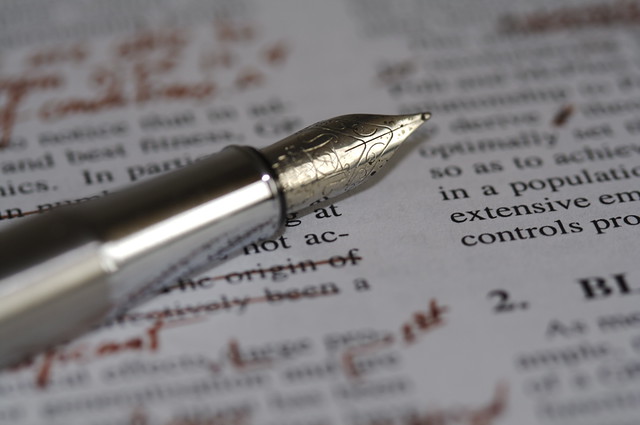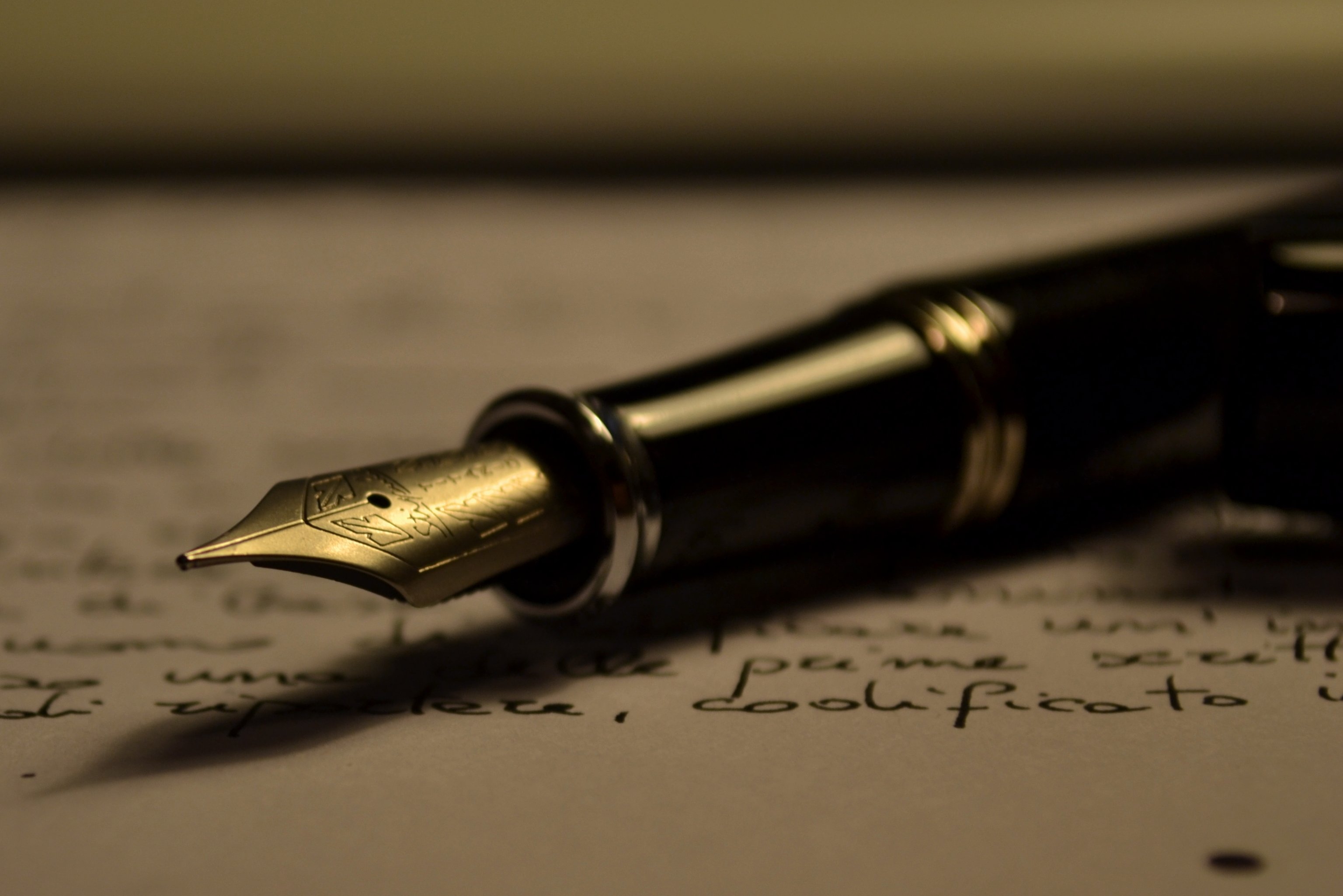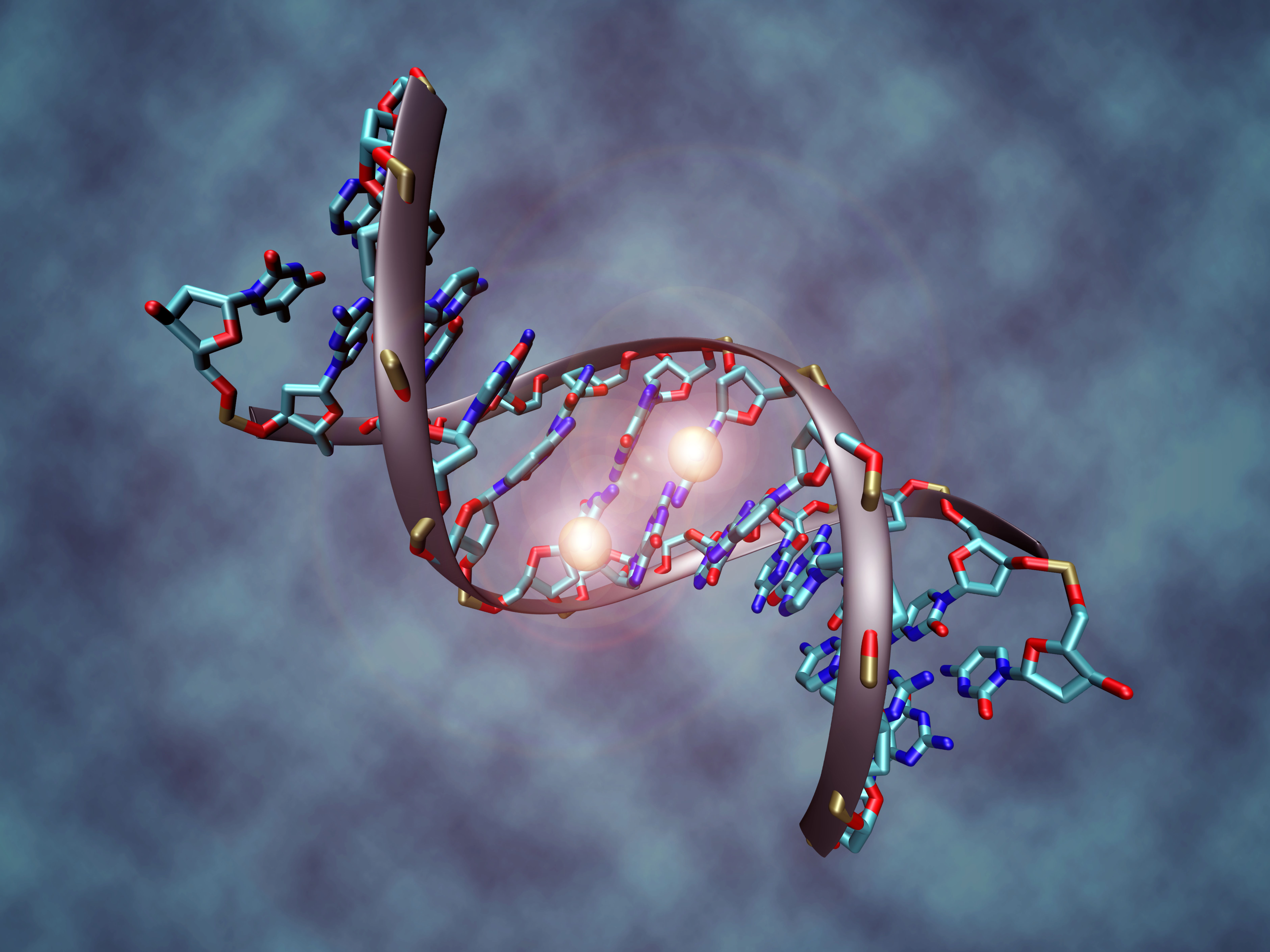 |
| "Domain Name System". 6/28/11 via Wikipedia. GNU Free Documentation License. |
Source #1
Author/Speaker: The author of this article from the New York Times is Andrew C. Revkin. After clicking on his name on the site, it took me to 2,578 articles he also has written for the Times. I googled his name just for fun, and he has his own biography on Wikipedia. He attended grad school at Columbia for journalism and did his undergrad at Pace University as well as Brown. Revkin has 69,000 followers on Twitter and only follows about 6,000. Seems like a pretty credible author to me.
Audience: The audience for this is most likely those who are not only interested in the controversy with fracking, but have read about it before. It is titled "More Views on the Gas Rush and Hydraulic Fracking" suggesting the reader already knows about fracking and some views on it. Readers are probably well informed on the world around them and take an interest in things that don't directly affect them; they are able to see the big picture.
Context: This article was published on July 2, 2012 so it is pretty recent. It includes an image and lots of hyperlinking which increases its credibility. Like I said before, it is from the New York Times, an online newspaper.
Source #2
Author/Speaker: This talk radio segment is hosted by Neal Conan and includes guest speakers David Martin Davies and Jeff Brady. Davies is living in Texas and has covered the fracking boom that created a lot of jobs in the area he lives in. Brady is living in Colorado and is NPR national correspondent. He has been watching fracking in rural Colorado and Wyoming over the past few years. Both Davies and Brady have credibility because they are in the areas in which fracking is taking place.
Audience: The audience is most likely for people interested in not only fracking, but national news, possibly specific to news regarding the environment. Listeners are probably well informed on this issue because it doesn't really explain what fracking is, rather just jumps into the effects of it.
Context: This is a NPR talk show from June 2, 2011. It is very recent and very long. There is no hyperlinking or images obviously because you listen to it, not read it.
Source #3
Author/Speaker: Since this article is a blog post from word press, it was difficult (impossible) for me to find an actual name of the author. I can assume he/she lives in France because it is centered around fracking specifically in France. This could be a red flag, but the post is actually very helpful.
Audience: The audience here is mainly for the general public. It has conventions of a QRG (subheadings, hyperlinking, easy to read) so that's what lead me to that assumption. The post includes a 5 minute video explanation of what fracking is, so the readers don't even have to know what it is to find this source useful.
Context: This post is from April 7, 2015 so it is extremely recent and up to date. There is a youtube video, a screenshot from a verified Twitter account, and a few images. This increases the credibility.
Reflection
After reading Stef's and Zayla's posts, it made me think more about my own topic and less about theirs as backwards as that may sound. I think a personal attachment/interest to your topic is how you can be successful in researching and writing about. You kind of have to care about what you're spending time looking at. They had good sources though and they did a fine job.












